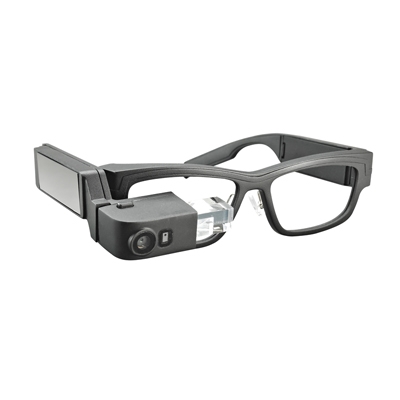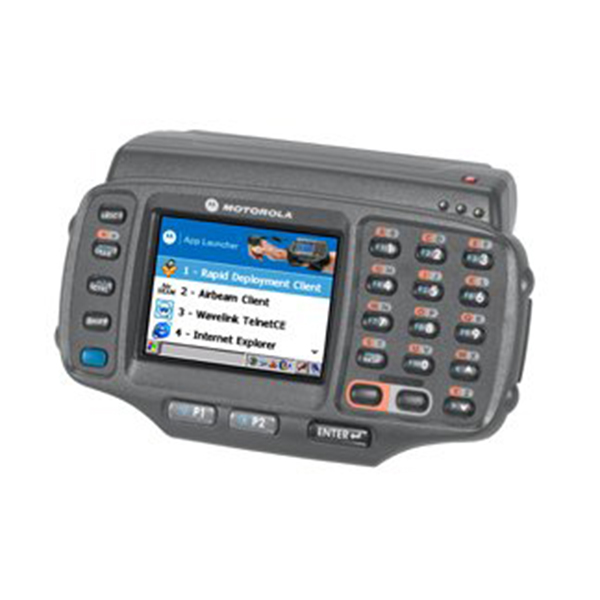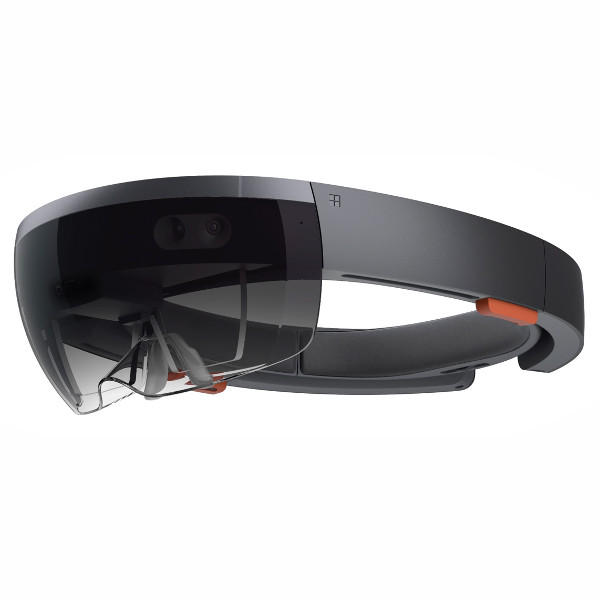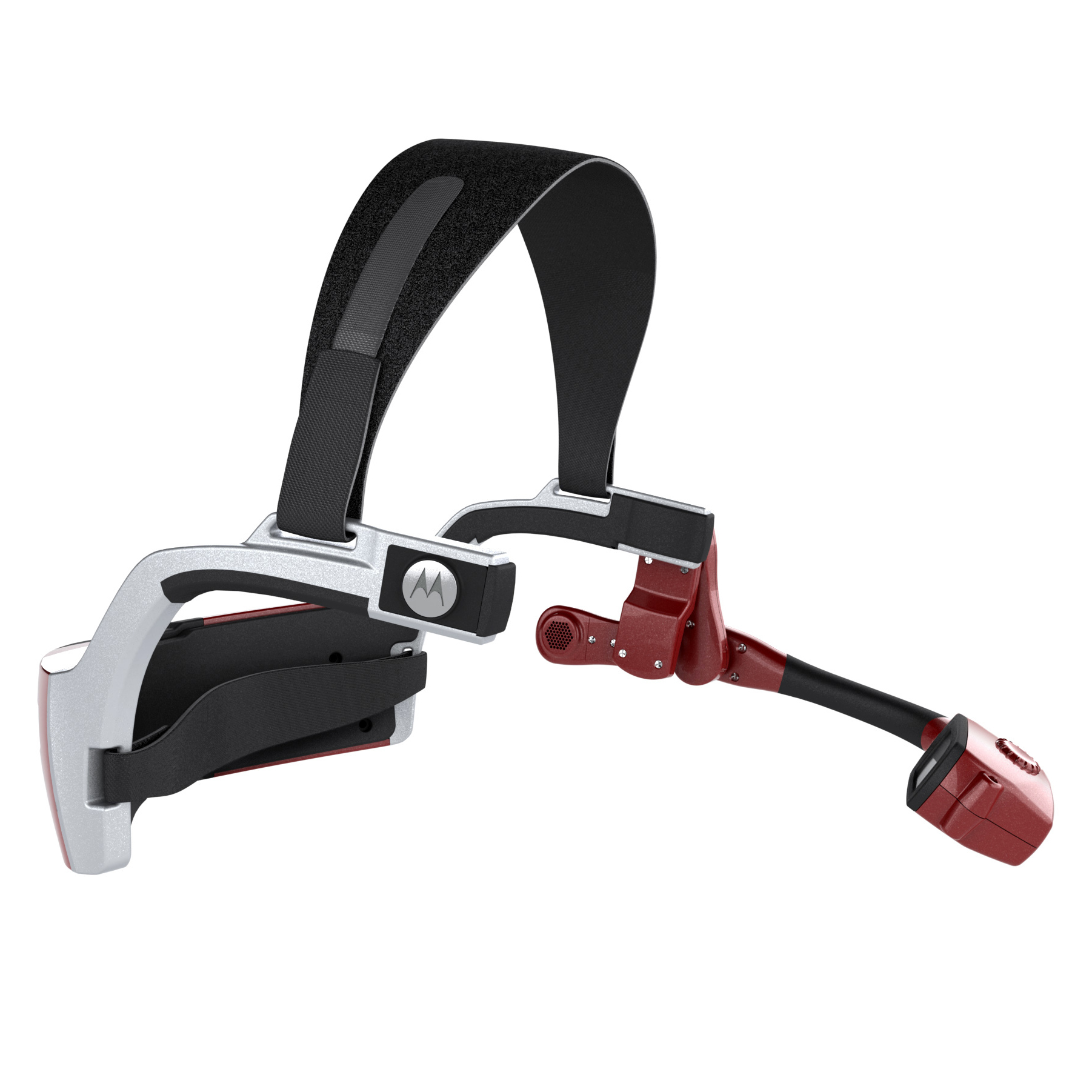What is Complex Assembly Guidance?
Complex assembly guidance is the act of providing workers with intuitive, step-by-step instructions for how to assemble complex objects as part of a manufacturing process. By using wearable devices such as those listed below, assembly instructions can be delivered to the worker hands-free.
Benefits of Complex Assembly Guidance
The benefit of guiding workers through complex tasks result in a reduction of errors and an increase in total output per worker. In 2015, Boeing was able to reduce errors by 6% and increase output by 30% through the use of augmented reality headsets during their complex assembly operations.
How Do the Following Wearables Provide Complex Assembly Guidance?
The two primary form factors for modern-wearable complex assembly assistance are augmented reality head-sets and wrist-worn computers. Head-worn devices can provide the instructions overlaid in front of the workers vision through augmented reality. With the right software these instructions can even be anchored on to real-life objects to provide 3d interactive holographic instructions. Wrist worn devices are meant to provide more succinct step by step instructions. Head-worn devices tend to be more expensive than wrist-worn, but are capable of presenting complex instructions more intuitively to the worker.
Software Considerations
Most devices listed are general-purpose, and require integration with a multitude of other systems as well as third party software in order to be a complete solution. Many of the devices listed here include Standard Developer Kits (SDKs), and so can be modified to meet the specific custom requirements of any operation.
What you need to know
If you are researching a potential investment into wearable technology to help advance your complex assembly operations, consider the following:
- Your assembly area should have Wi-Fi coverage.
- PPE requirements may limit form-factor options.
- Anticipate additional system integration and project management costs.
- If your assembly instructions are currently paper or PDF based, they will need to be broken down and entered into a manufacturing execution system (MES / ISA 95).
- Third party software is required to deploy a solution that integrates with your existing information systems.
- Return on investment will be proportional to the increased output of the entire assembly process, bottlenecks in other areas of the process may reduce or prevent an ROI.
- You will see the highest returns when you focus where complex manual-assembly specifically is bottle-necking your overall production.




